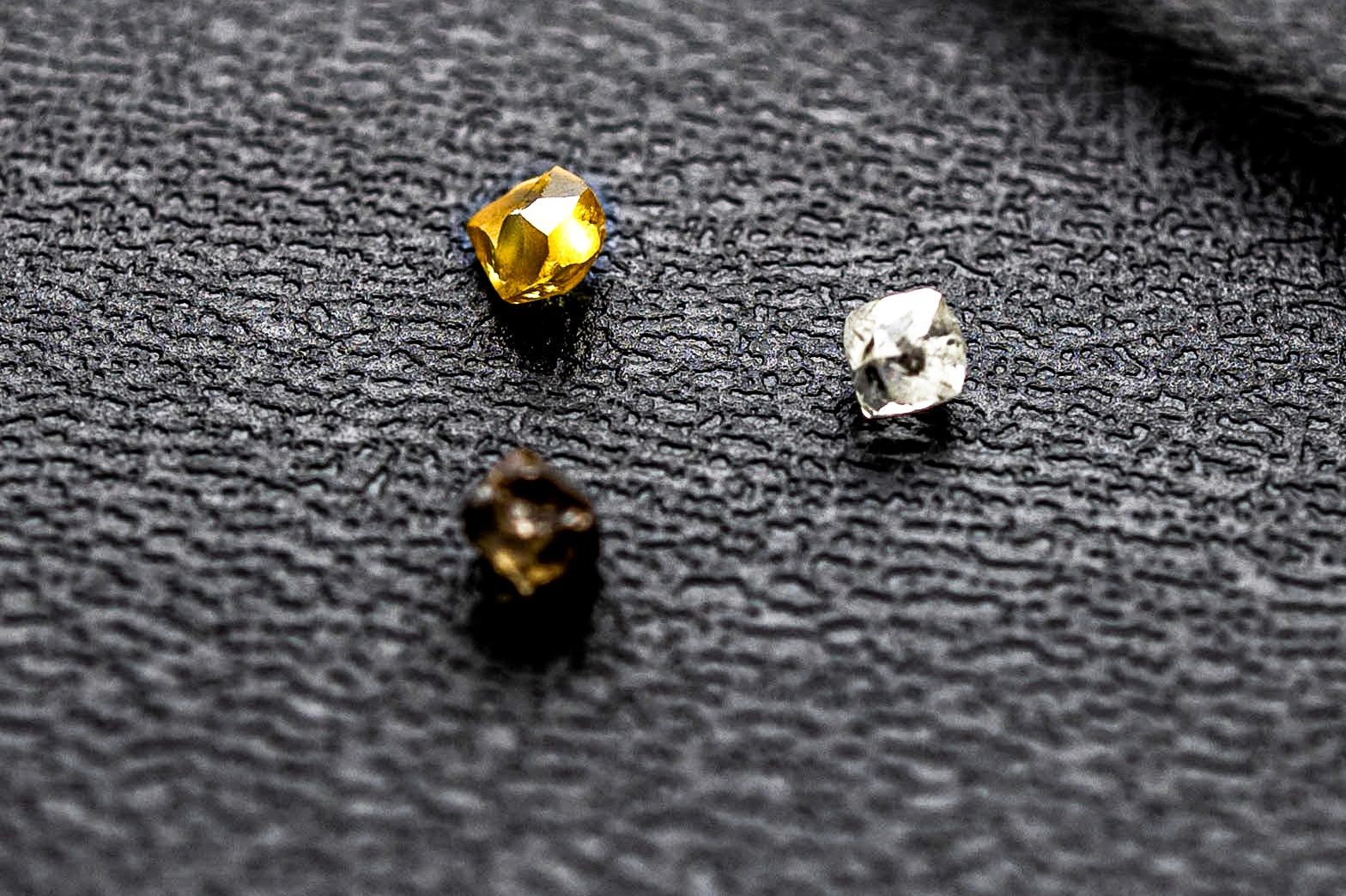Ancient diamonds obtained from deep into the earth’s crust in Brazil and Western Africa have revealed groundbreaking details on the evolution processes of the earth. A new isotope lab being set up in South Africa could lead to more robust diamond analyses and focus future discoveries on the continent.

Bonface Orucho, bird story agency
A scientific analysis of ‘superdeep' diamonds, a type of diamond that originated between 180 and 620 miles deep into the earth and was extracted from mines in Brazil and Western Africa, has exposed new processes of how continents were formed.
According to a press statement from the University of Witwatersrand, Johannesburg, the diamonds were analyzed by a team of experts, including Karen Smit of the Wits School of Geosciences.
“We wanted to date these diamonds to try and understand how the earliest continents formed,” Smit explains.
Formed between 650 and 450 million years ago, the diamonds have shown how supercontinents such as Gondwana were formed, stabilized, and moved around the planet.
Such detailed geologic processes have in the past been very difficult to study directly because the oceanic crust is young and the continental crust only provides a limited view of Earth’s deep workings. Old diamonds offer a direct window into the deep-plate tectonic engine and how it might relate to the supercontinent cycle.
According to the study’s co-author, Graham Pearson, such “unique information about the Earth at depths are simply unobtainable any other way.”
"We knew that there was a subduction system surrounding Gondwana because that brought the continents together. But we didn't understand what was going on underneath, to what extent it was growing the continent, and what processes were at play in keeping it together or growing it apart," Pearson details in an interview with TroyMedia.
Gondwana is an ancient supercontinent formed some 180 million years ago before it split into landmasses recognized today as Africa, South America, Australia, Antarctica, the Indian subcontinent, and the Arabian Peninsula.
A detailed procedure for the analysis and the entire research published in Nature on Wednesday, October 18, shows that the researchers dated tiny silicate and sulphide inclusions found inside the diamonds with the intention of tracing how the material was added to the base of the supercontinent.
“Around 120 million years ago, Gondwana started to break apart to form the present oceans, such as the Atlantic. At 90 million years ago, the diamonds, carrying trapped tiny inclusions of the host rock, were brought to Earth’s surface in violent volcanic eruptions,” Nature detailed.
The current locations for these volcanic eruptions are on the continental fragments of Brazil and Western Africa, two of the key components of Gondwana. This means that the diamonds must have migrated together with different parts of the former supercontinent as they dispersed, “glued” to their base.

“This complex history of the diamonds shows that they are remarkably well-traveled, both vertically and horizontally, within the Earth, tracing both the formation of the supercontinent and the latter stages of its evolution. The accretion of relatively young material to the roots of the continents thickens and welds together these ancient continental fragments, indicating a potential new mode of continent growth,” Smit explains.
Besides their geological knowledge value, the superdeep diamonds research offers scientists information about critical factors in the shaping and formation of modern earth, including the carbon cycle and carbon sequestration into the mantle.
Smit conducted the isotope analyses of sulphide inclusions at the Carnegie Institution for Science. She is now based at the University of the Witwatersrand, where she is part of a team developing a new isotope lab and methodologies so that diamond inclusion analyses can ultimately be conducted at Wits.
“We have installed the necessary equipment in 2022 and are working towards getting the highly specialized skills and equipment together so we can do this type of diamond work in South Africa, where previously it could only be done overseas,” she explained.
“We need this type of research to understand how continents evolve and move. Without continents, there wouldn’t be life. This research gives us insight into how continents form, and it links to how life evolved and what makes our planet, Earth, different from other planets,” she added.
bird story agency





